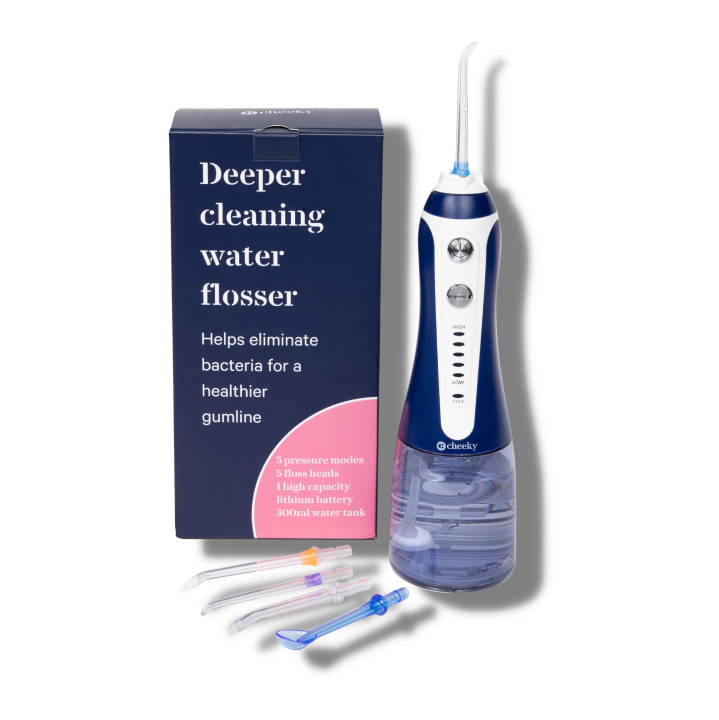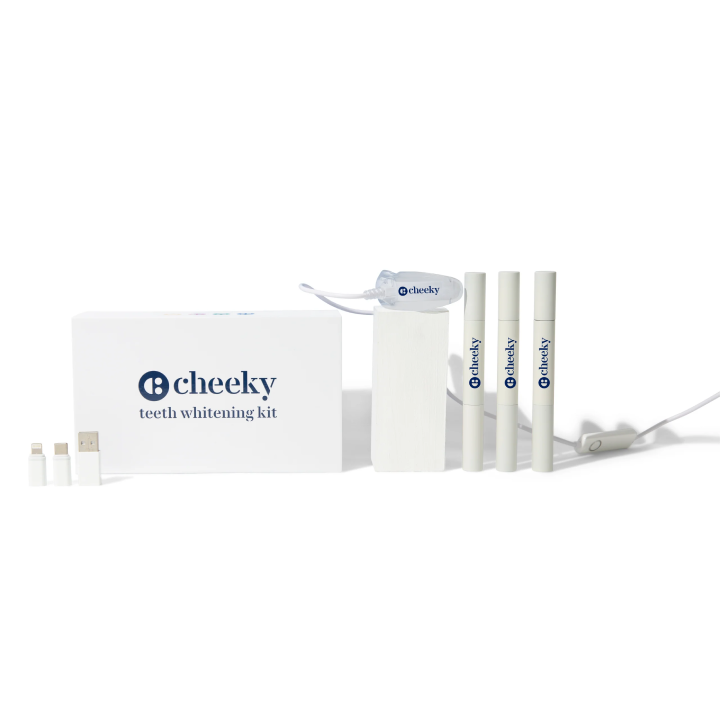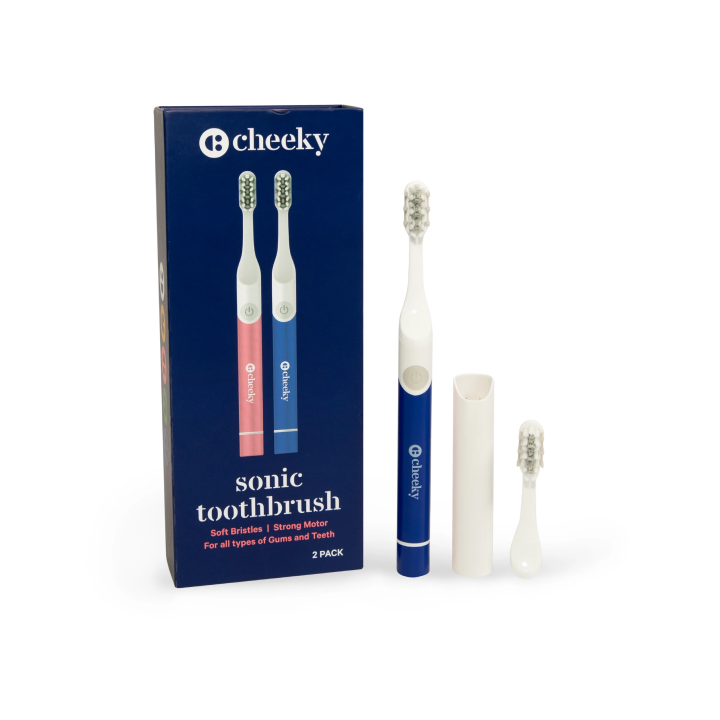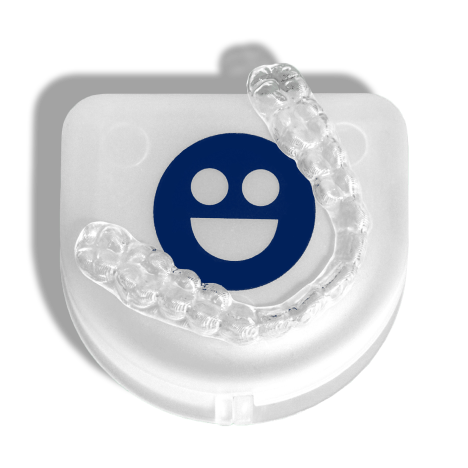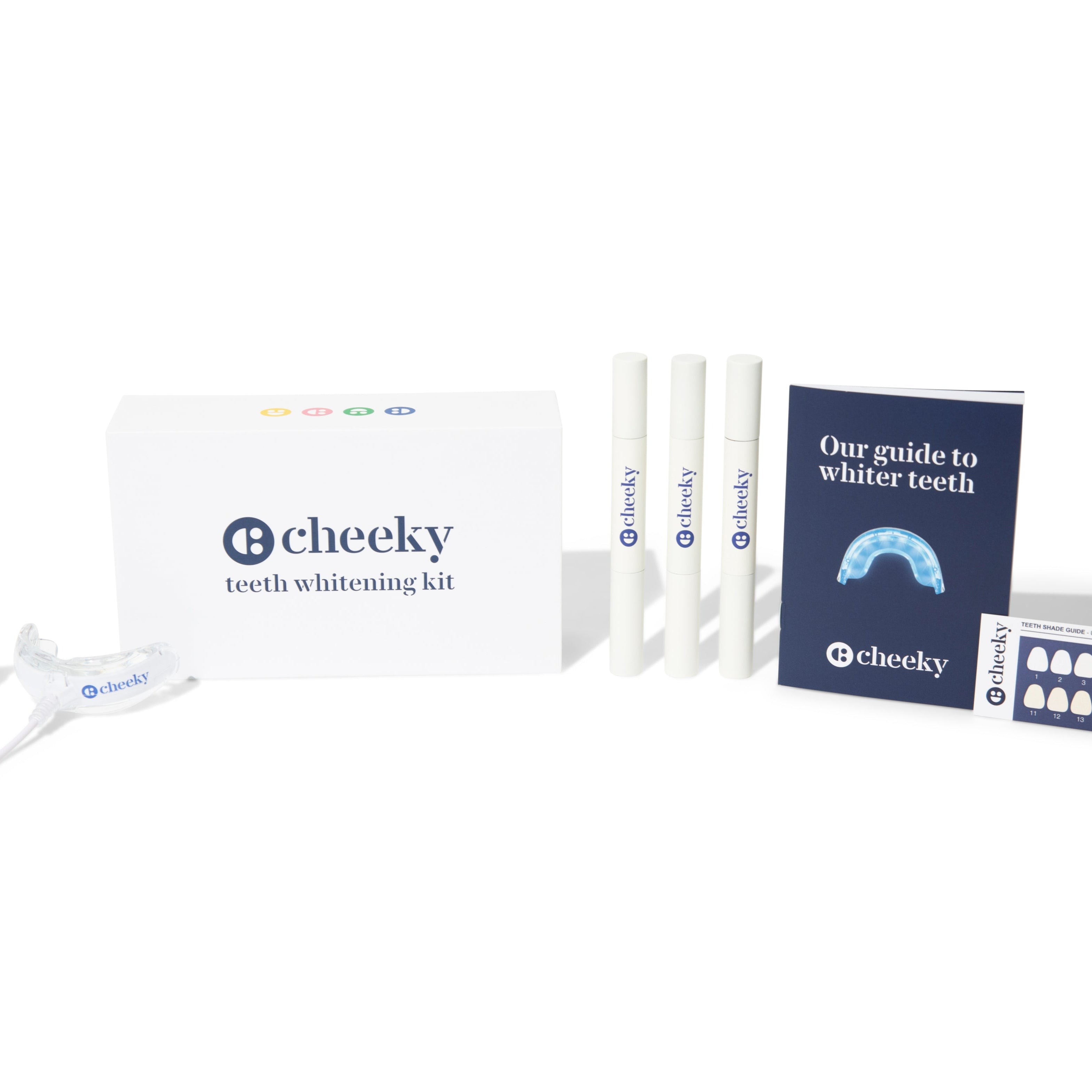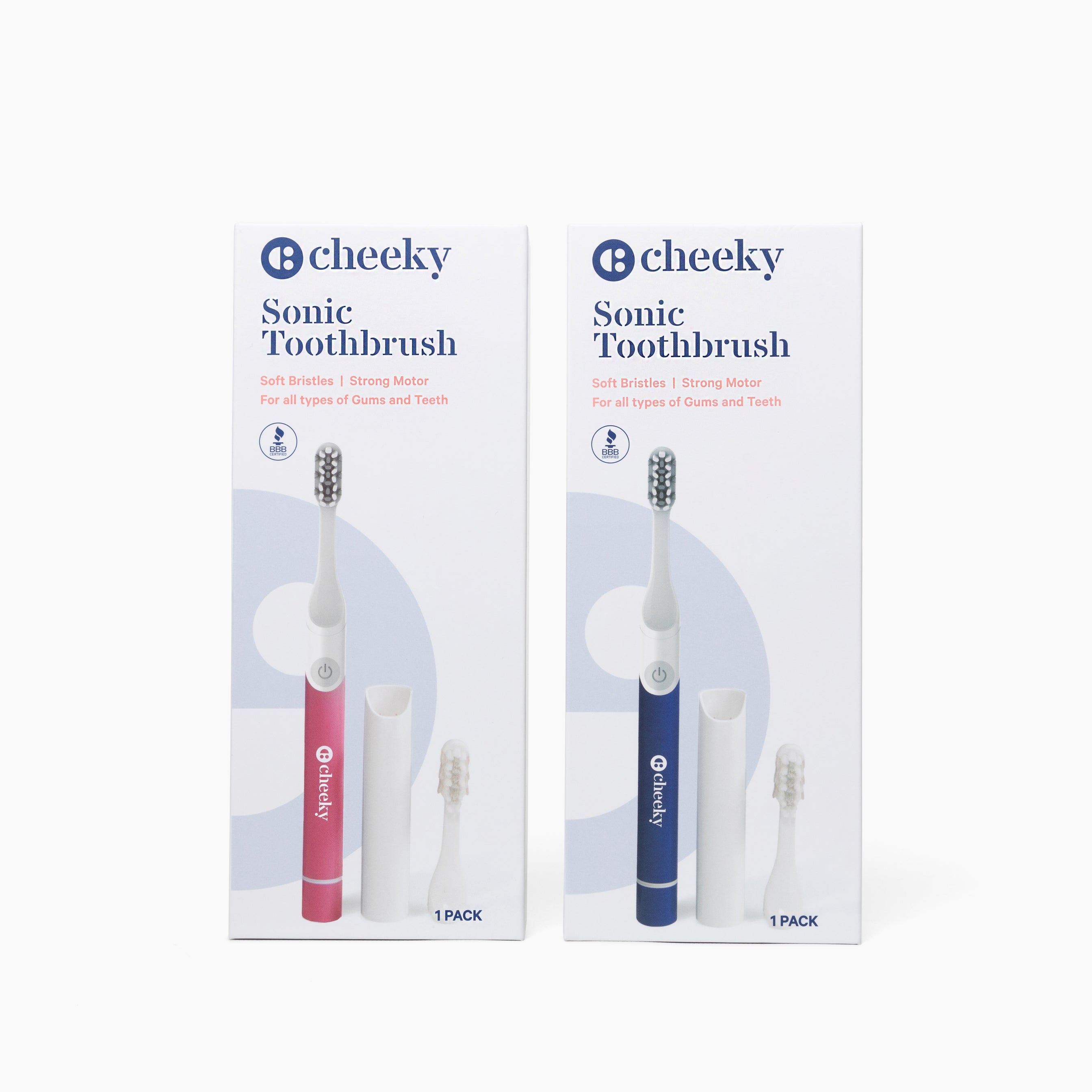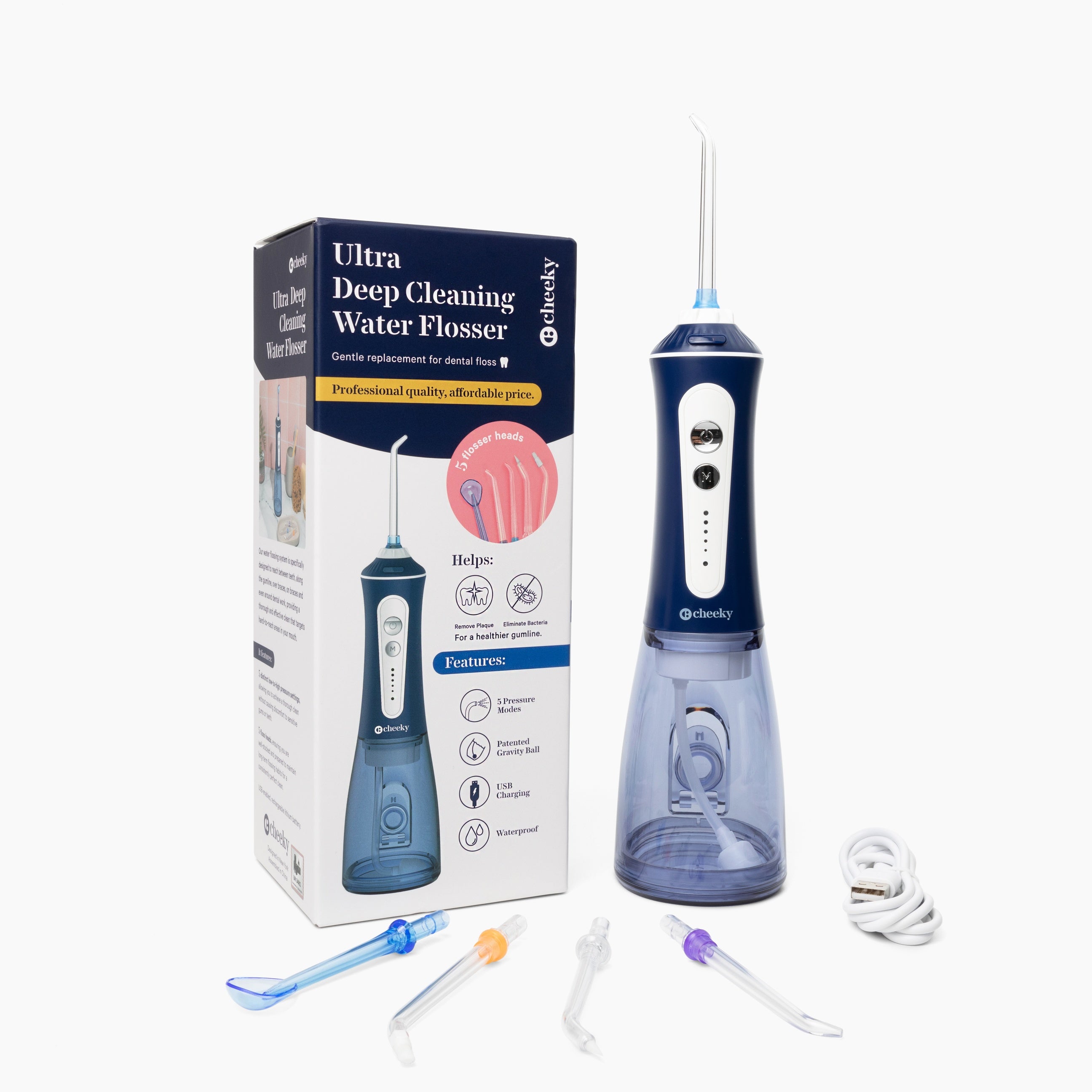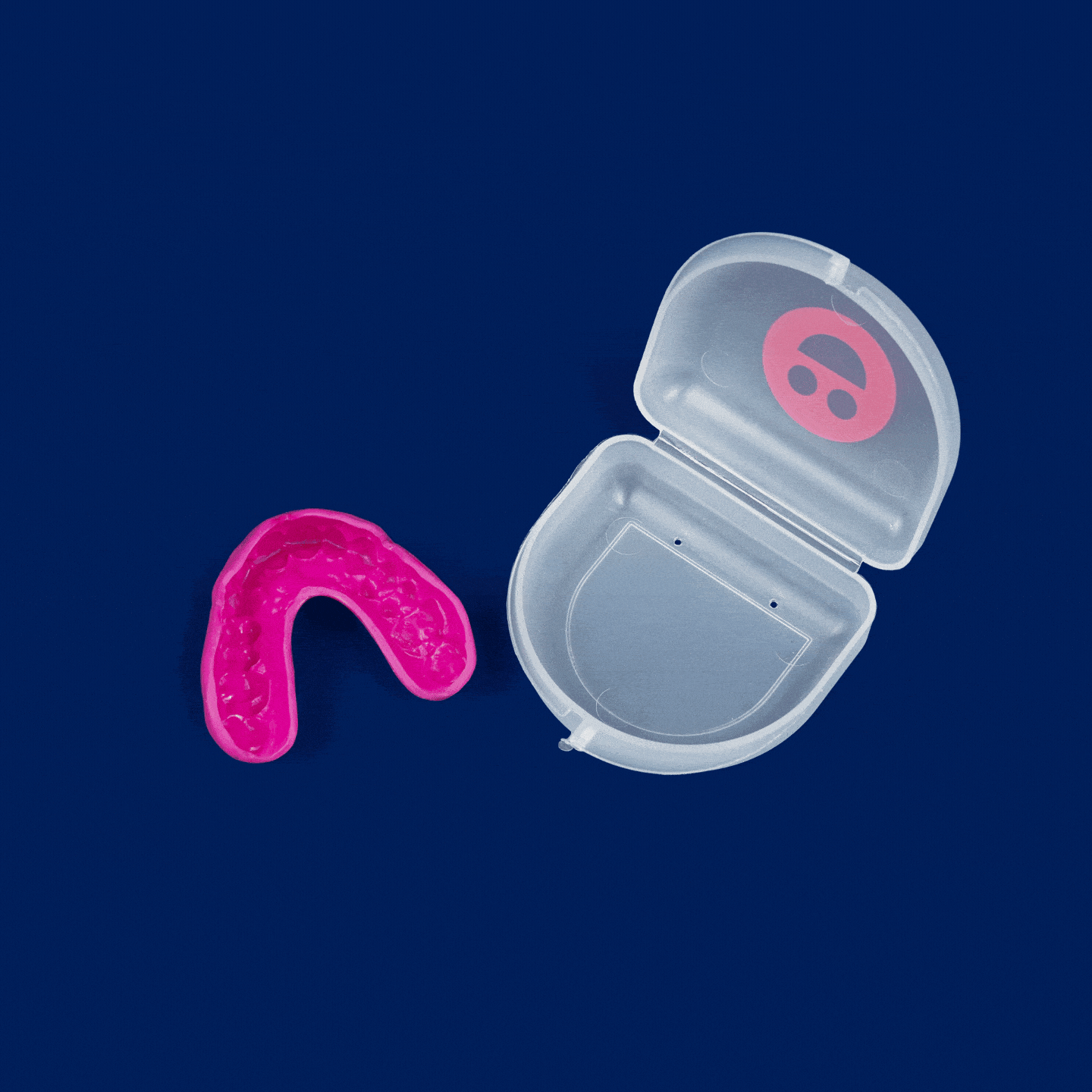A chipped or cracked tooth can make you feel extremely self-conscious about your smile, and you deserve to show off those pearly whites.
Today, we’ll cover how to prevent and treat fractured teeth so you can constantly smile confidently.
What Can Cause Teeth to Chip?
There are a variety of reasons that teeth can crack, including:
Constant pressure from teeth grinding
Large fillings that weaken the tooth’s integrity
Chewing or biting into hard food
Severe impact to the mouth such as instances of car accidents, sporting injuries, falls, or fistfights
Sudden changes of temperature in the mouth Age, especially for people over 50
What To Do When You Break a Tooth
Handling a Partially Broken or Chipped Tooth
Teeth can crack in multiple ways, and the type of crack will determine what you should do to treat the tooth.
Craze Lines: tiny cracks in your tooth’s enamel. These rarely cause any pain and don’t need treatment unless they become more severe.
Fractured Cusp: cracks that typically originate next to a dental filling but don’t affect the soft center of the tooth. Fractured cusps generally don’t cause pain and only need to be treated on a case-by-case basis Cracks That Extend into the Gum Line: vertical cracks that go into the gum line. If the crack reaches the gum line, it needs to be treated as soon as possible, or it’s more likely that the tooth will need to be extracted.
Split Tooth: severe cracks from the surface of the tooth to below the gumline. In extreme cases, the fracture may cause the tooth to split into two pieces. With split teeth, part of the tooth or the whole tooth will have to be extracted.
Vertical Root Fracture: vertical cracks that originate below the gumline and work their way up toward the top of the tooth. These fractures don’t typically cause pain unless they become infected, but the tooth will likely have to be removed because of the location of the crack.
No matter how your tooth is cracked, the ADA recommends rinsing your mouth with warm water as soon as the crack happens to clean it. Depending on how severe it is, you’ll want to apply pressure to stop bleeding and ice the area to reduce swelling.
If a portion of your tooth falls out, wrap it in wet gauze and immediately bring it to a dentist.
Handling a Lost Tooth
If your tooth falls out completely, grab the tooth by the crown with a gauze pad and gently try to put it back into the socket. However, if this is not possible, place the tooth in a glass of milk, saline solution, or water. It’s essential to make your way to the dentist within 30 minutes if possible.
If you want to clean the tooth, simply rinse it with water. There’s no need to scrub it with any type of solution, and it’s better if you don’t clean off any bits of tissue.
Protecting Your Teeth and Relieving Pain Until You Can See Your Dentist
The sooner you can get to a dentist for your broken tooth, the better. But in the meantime, you can rinse your mouth with warm water, ice the outside area of your mouth, and take over-the-counter pain relievers at the recommended dosage.
Additionally, some people recommend putting clove oil on the area because it contains eugenol, a numbing agent with anti-inflammatories. If the tooth has a small chip, you can put a dental wax over any jagged edges to prevent cutting or scaping your tongue and mouth. If you have to wait longer than thirty minutes to see a dentist, avoid eating on the side of the broken tooth and try flossing around the tooth to alleviate pressure and irritation.
How to Fix Chipped Teeth
There are four ways to treat a cracked or broken tooth, and the course of action your dentist takes will depend on the type of fracture.
Polishing
For small cracks or chips in teeth, your dentist may opt for cosmetic contouring. In this instance, they’ll simply polish the tooth’s surface or smooth out a jagged edge. In some cases, they may use dental bonding to bind gaps and fissures. The process consists of using a conditioning liquid and applying tooth-colored composite resin to the affected area. Sometimes dental bonding can be used to reattach parts of the tooth that chipped off.
Filling with Possible Root Canal
The farther a crack goes beneath a tooth’s enamel, the more repair it will need. For instance, if the damage makes its way into the tooth’s pulp, you may need a root canal. Luckily, modern dental technology has made getting root canals a more pleasant experience than in the past. If you’ve made it this far without needing a root canal, it’s nothing to be afraid of. An endodontist performs the procedure by removing the affected pulp, sanitizing the tooth, filling it, and sealing it with a rubbery material.
Surgery
Sometimes your dentist will recommend a surgery called a hemisection if you’ve cracked one of the roots of a molar. Because molars have multiple roots, one can be removed to save the rest of the tooth.
Extraction
In some cases, a root canal can’t save your tooth. The deeper a crack is, the more likely it is that your dentist will opt for extraction. If you have a tooth that needs to be extracted, you’ll be fitted with a temporary tooth for a short time and then have the opportunity to get an implant that looks and functions like your old tooth.
How to Prevent Chipped Teeth
The best way to prevent chipped and cracked teeth is to stay on top of your oral health routine. Use ADA-approved toothpaste that protects and strengthens your enamel, and brush your teeth frequently.
Additionally, if you suffer from Bruxism, you may need a nightguard to wear while you sleep to prevent teeth grinding.
People with mental health ailments like anxiety or jaw issues like TMJ may be grinding their teeth in their sleep without even realizing it. Slipping in a mouthguard at bedtime can prevent you from gnashing your teeth at night. This can save you from cracked teeth (not to mention relief from a sore jaw caused by a TMD).
Cheeky makes it easy and affordable to get a dentist-grade custom mouthguard to keep you from the pain of chipped, cracked, broken, or fractured teeth.
